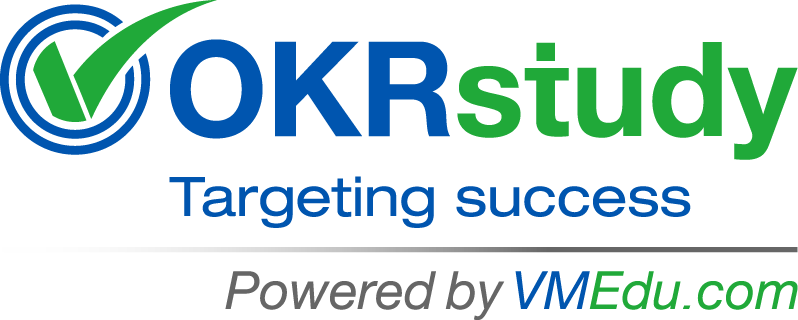- Purpose: To evaluate the overall performance of OKRs at the end of a cycle (typically quarterly or annually).
- Audience: Team members, leadership, and stakeholders.
-
Content:
- Final OKR Scores: Scores for each key result (e.g., 0.8, 1.0, etc.) or achievement levels.
- Summary of Outcomes: A detailed summary of the objectives and their achievements, including insights on why certain key results were or were not met.
- Lessons Learned: Reflection on what worked and what didn’t, including any key insights or patterns.
- Recommendations for Future OKRs: Suggestions for refining the OKR process, setting more realistic targets, or improving execution in future cycles.
Example:
Objective: Improve customer retention
- KR1: Reduce churn by 15% (Achieved 10% reduction)
- KR2: Launch a loyalty program (Completed successfully)
- KR3: Increase customer satisfaction (CSAT) by 10 points (Achieved 7 points increase)
-
Lessons Learned:
- The churn reduction goal was too ambitious given external factors like the market downturn.
- The loyalty program had a positive impact on retention but required more resources than initially planned.
